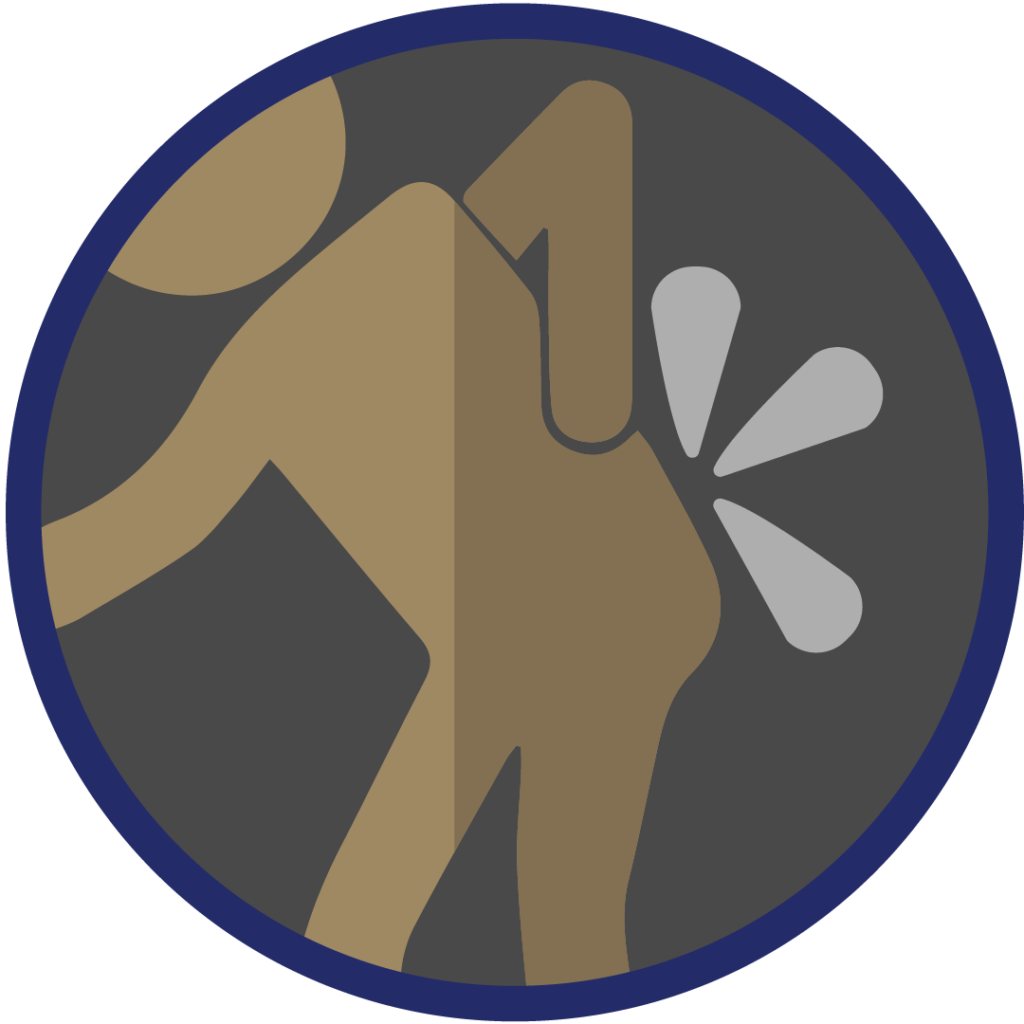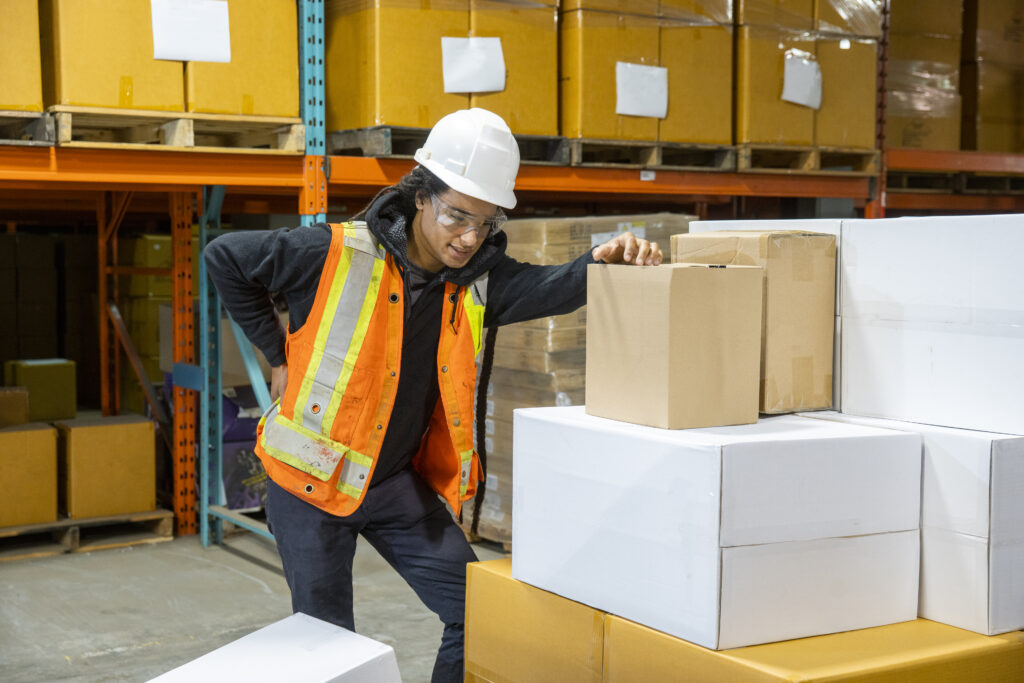Now you see me, now you don’t – Part 2 – Ergonomics

In our last issue we saw that overexertion and bodily reaction accounted for most days away from work, job transfers, or restrictions in the workplace. These types of injuries fall under the umbrella of ergonomic injuries. The National Institute for Occupational Safety and Health (NIOSH) defines ergonomics as the science of designing jobs, equipment, and workplaces to fit the capabilities of the workers. Ergonomics aims to reduce the risk of injury and discomfort for workers and prevent musculoskeletal disorders (MSDs). One of the most critical concepts in ergonomics is understanding that you adapt the environment to the worker, not vice versa.

Ergonomic injuries, also known as musculoskeletal disorders (MSDs), develop when there is a mismatch between the physical demands of a task and the capabilities of the worker’s body. Some of the contributing factors to these injuries are:
- Repetitive motion: Repeatedly using the same muscles, tendons, or ligaments can lead to pain and injury.
- Awkward postures: Working in positions that stress the body, such as kneeling, squatting, or leaning over a counter.
- Overexertion: Lifting heavy objects or performing forceful movements can cause injury.
- Vibration: Whole-body vibration (WBV) can contribute to ergonomic injuries.
- Static work posture: Remaining in the same position for long periods of time can cause injury.
- Work stress: Psychosocial factors can contribute to ergonomic injuries.

Now that we understand some of the causes of MSDs in the workplace, we can use that information to look for hazards in the workplace. A good place to start is by analyzing your workplace injury records. Look for any indication of greater frequency of MSD based on specific tasks, work areas, shift patterns, etc. This can indicate where effort should be focused but don’t just look at those areas. Some beneficial methods are conducting a walk-through of the working area, conducting employee interviews, conducting a job hazard assessment, and using ergonomic assessment tools such as the ones NIOSH provides on its website.
For instance, we could look for employees constantly reaching overhead, twisting their backs, or using excessive force when handling objects. We want to see what employees are doing and the frequency and duration of their movements. We can monitor employees for signs of fatigue, discomfort, or strain and encourage them to report any concerns.

Also, remember that we are looking at how employees interact with their environment, so do not forget to look for environmental factors that may be contributing to injuries. These factors can include insufficient lighting, excessive noise, and temperatures that are too hot or too cold.
After completing our workplace analysis, it is time to determine effect control measures to mitigate the risk of ergonomic injuries. As with any other hazard in the workplace, we always want to follow the hierarchy of controls when implementing risk mitigation strategies.

We will not discuss elimination and substitution in the article, but please remember they are always your number one priority. Instead, we are primarily going to focus on engineering controls and, briefly, PPE.
Engineering controls are one of the most effective ways to address ergonomic hazards in the workplace because they focus on changing the environment to fit to the employee thereby reducing injuries. Some examples of engineering controls are:
- Lift tables: A stable platform that can be raised and lowered to various heights, essentially an adjustable workbench. They come in varying form factors depending on your specific needs, such as hydraulic, electric, and pneumatic.
- Anti-fatigue mats: Mats that provide cushioning for workers who stand for long periods, reducing fatigue in the legs and feet.
- Lift assist devices: Mechanical aids like hoists, cranes, and other devices help reduce the strain on the body during repetitive or excessive force lifting activities.
There are more advancements in technology every year that mitigate the risk of ergonomic injuries, such as wearable exoskeletons. Many people wrongly categorize these as engineering controls when, in fact, they are PPE. While NIOSH hasn’t officially categorized exoskeletons as PPE, most classify it as such. They require the wearer to be trained on their use, understand their limitations, how to inspect them, how to wear them, and so on. These factors mirror the same characteristics we would see with a personal fall arrest system. Other PPE we may see are braces for joints, anti-vibration gloves, knee pads or mats, and back supports.
As always, we must regularly assess our workplace for hazards, including ergonomic hazards, and continually evaluate the effectiveness of our control measures. In our next issue, we will discuss psychosocial hazards and how they can impact workplace injuries.
Related Posts




